If you ever happen to have the chance to photograph in Germany’s capital, then here is the Berlin Guide for Photography that lets you explore the most famous landmarks through Street Photography in this beautiful town. The Street Photography Community might be small in Berlin, but there is a rising interest in photography and photojournalism as well as workshops and classes. International Photographers are discovering this city as a Street Photography hotspot and with my Berlin Guide for Photography, I hope to support your stay and help you to enjoy Berlin from a Photographer’s perspective. The photo route starts at the Berlin central station and leads you to the Berlin Alexanderplatz. Alongside this route and this Berlin Street Photography Guide, you are able to recreate famous photos at the Brandenburger Tor, Friedrichstraße or Alexanderplatz. Even if you might think that these places might already be well documented and plastered all over the Internet if you didn’t have the chance to show these places from your unique point of view you shouldn’t miss it.
The Berlin Guide is also not a strict order. Don’t hesitate to differ from my suggested route and follow your own instincts too. Berlin Street Photography is a great opportunity to explore this city.
The Berlin Street Photography Guide
A Photo Walk through Berlin

As a basic overview of this Berlin Guide, this is the route you can follow on a normal afternoon. It takes around 3 hrs – considering normal walking speed but can be extended with visits to the “Memorial to the Murdered Jews of Europe” or the “Checkpoint Charlie”. Both places with historic relevance and very popular amongst Street Photographers.
After arriving at the Berlin Main Station you are able to find interesting perspectives on the open architecture of the train station. Although you find rough lighting conditions inside the building, it is advisable to use a lens with a wide open aperture.
Once you got the first taste of Berlin Street Photography, the next place on the list is the government district.
Government District
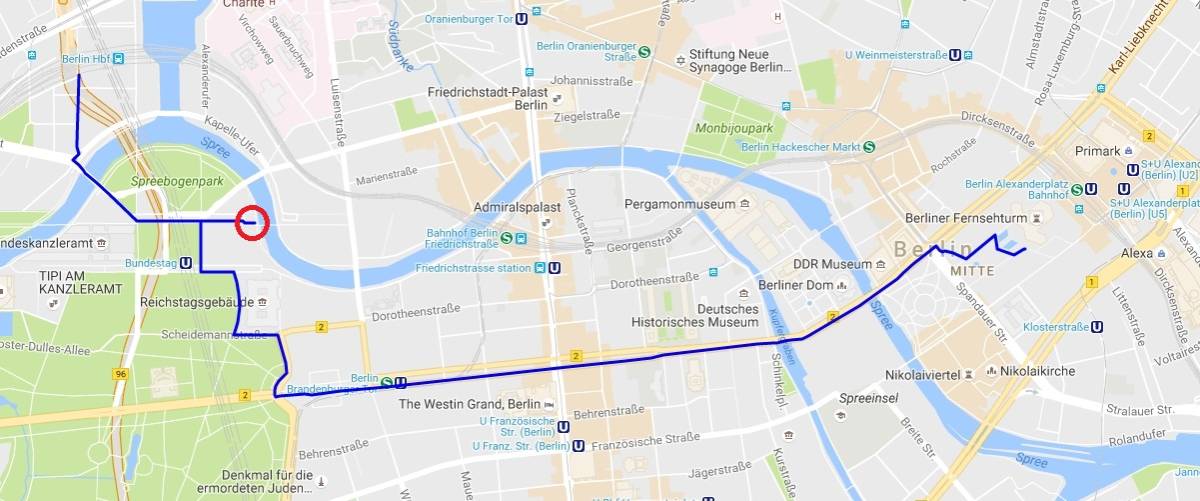
Here you’ll find the famous Paul-Löbe house. Divided by the Spree you can decide to either get close with a wide angle or photograph from the red marked circle with a telephoto lens.
The photo below is actually the reflection of the Paul-Löbe house taken in the windows of the Marie-Elisabeth-Lüders building which is also on the riverside marked by the red circle. As you can see, there are very different ways to photograph the same spot. Nearby is also a little bridge that allows you to take pictures from above.
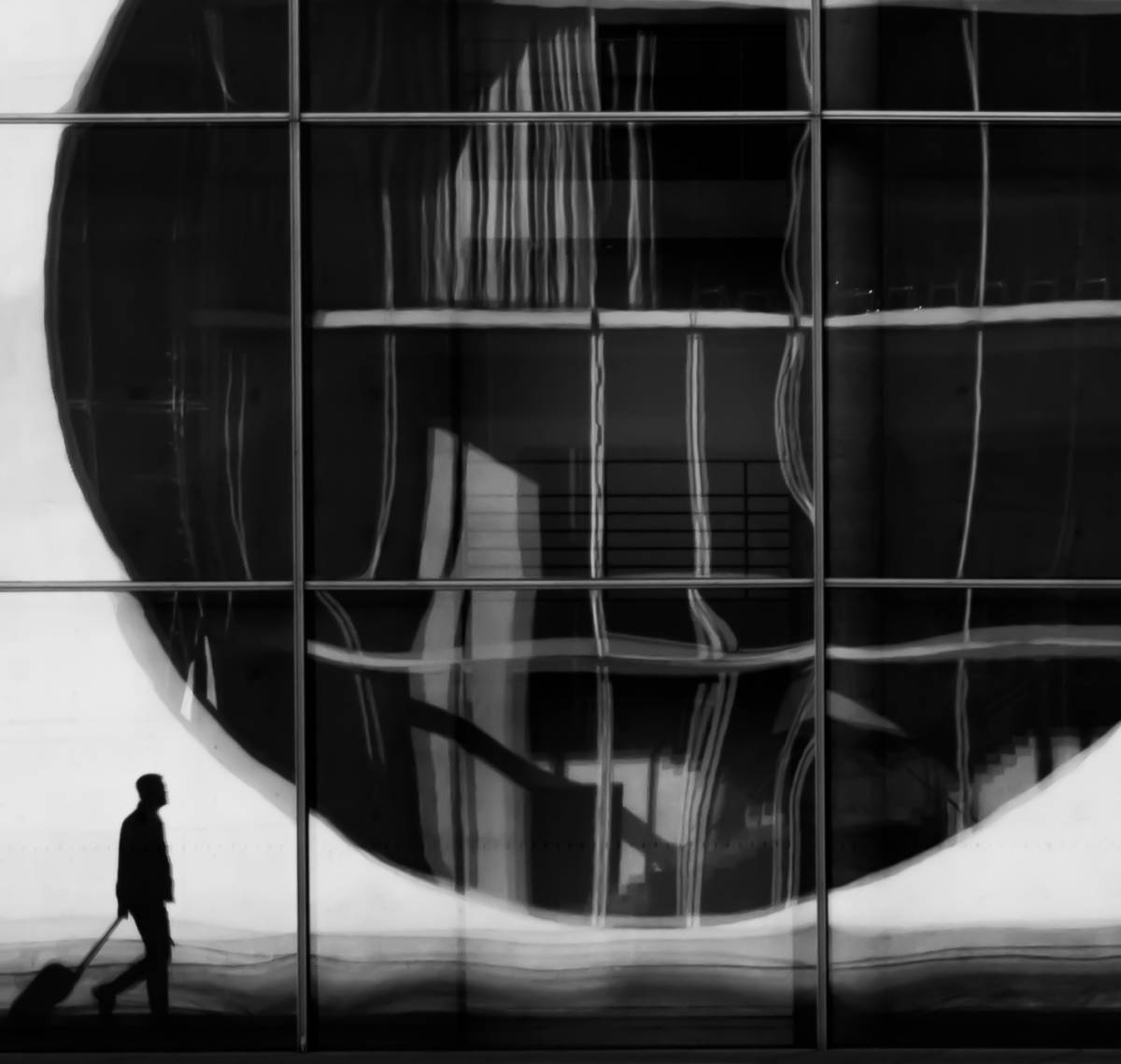
Next on the list of the Berlin Guide is the famous Brandenburger Tor. This is probably one of Berlin’s most photographed landmarks but allows for plenty of individual point of views. During the year there are also a lot of different events that change the appearance of the place. In early October there is the “Festival of Lights” that turns the gate into a huge projection screen. In combination with a flash and long exposure, you can create some interesting effects. Apart from that, the place is always populated with tourists, musicians or political activists so it definitely isn’t boring there.
Brandenburger Tor
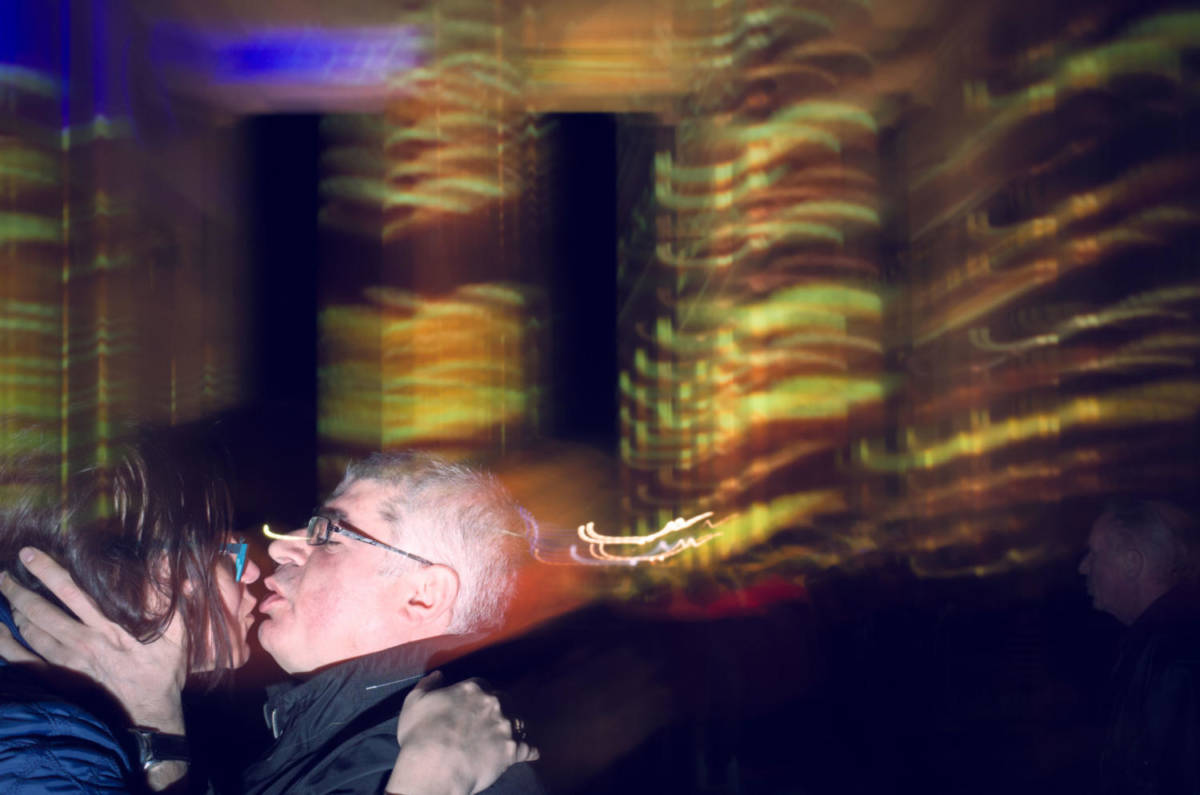
After you made some remarkable photos of the Brandenburger Tor you can ahead along the street “Unter den Linden” to the Alexanderplatz. During your walk, you will come across the Berlin “Lustgarten” and the Memorial to the fallen soldiers. Especially the Lustgarten is a great place to visit in the summer. With the Berlin Dom in the background, you have gatherings on the lawn in front and people enjoying some leisure time in the city. The monumental buildings allow for some great framing combining architecture with the human life.
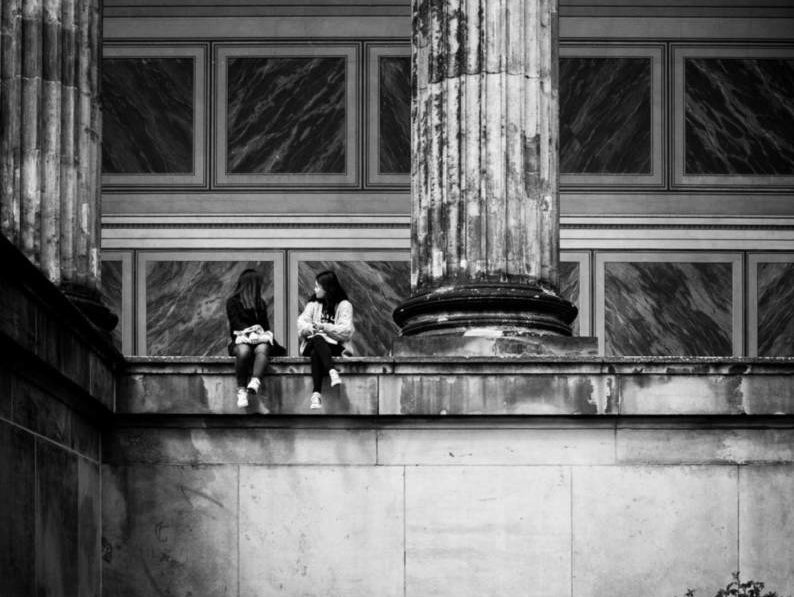
The memorial to the fallen soldiers offers a little pause of the street on the Berlin Guide. Inside the building, you are able to play with silhouettes on sunny days. Since there is only a small time frame when the altitude of the sun is ideal and casts a shadow on the backdrop, you should plan your visit there ahead. During the summer, one or two hours past noon you are able to capture the best light. Just wait for tourists to pose in front of the wall and get your own silhouette pictures.
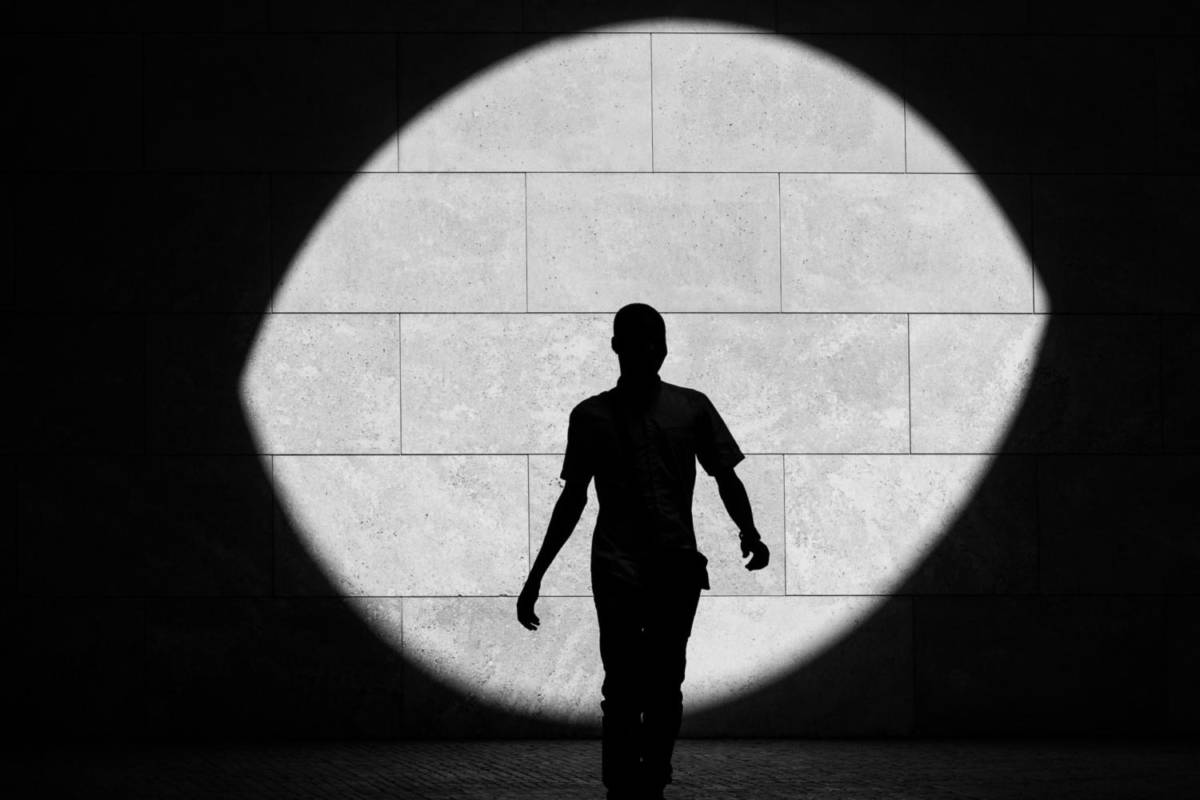
Photographing the Alexanderplatz
Now you almost reached your destination and the “Fernsehturm” is already in sight. The Alexanderplatz is a traffic junction where different social groups meet. During the day you see the typical punks, street musicians or nowadays people dressed as their favorite anime figure. This melting pot should fuel your inspiration and let you take home pictures of Berlin that you were chasing from the beginning.
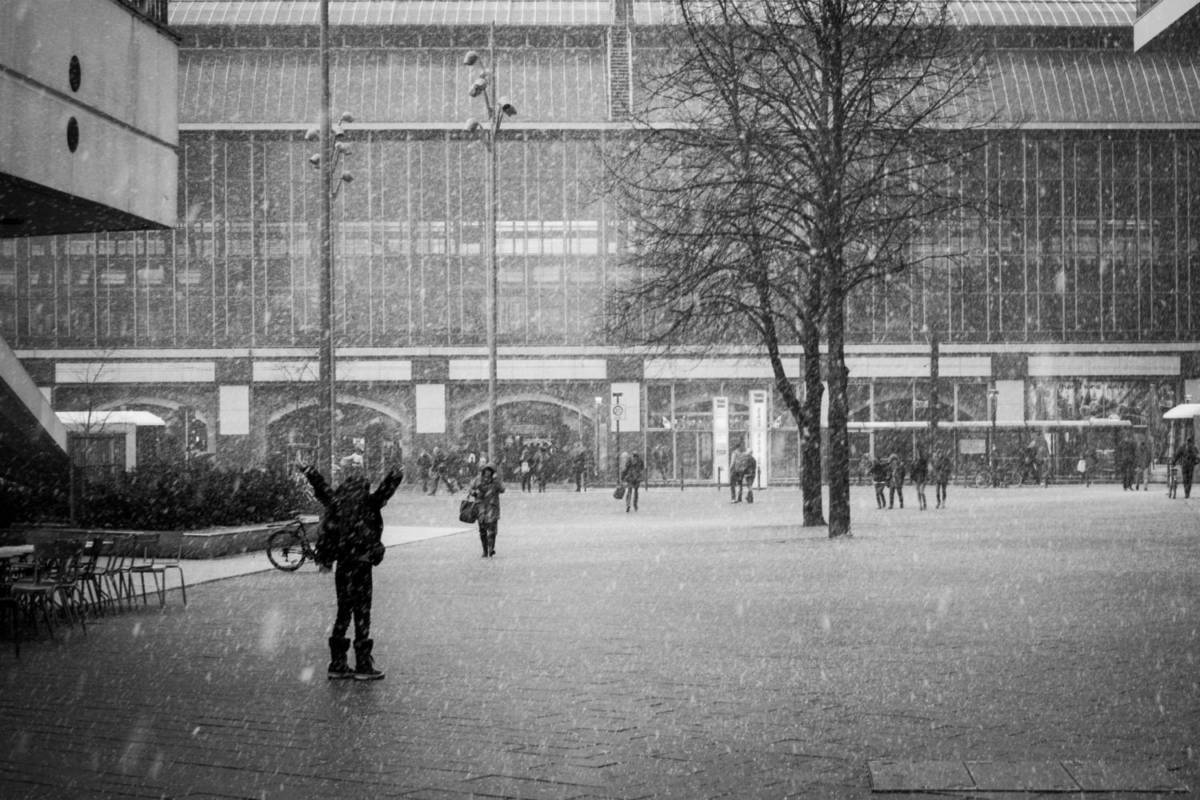
Exhibitions in Berlin
C/O Berlin
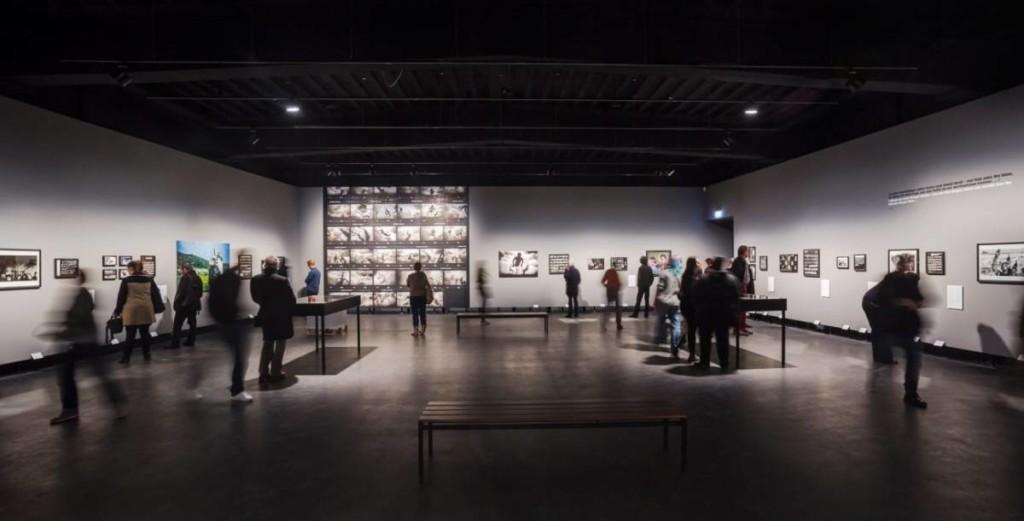
Let’s have a closer look at some places that showcase photography exhibitions in this Berlin Guide.
Located near the Train Station “Zoologischer Garten” in Berlin, the C/O Berlin is one of my favorite places to enjoy photo exhibitions. They showcase a wide margin of photographs ranging from their own “Young Talents” program to famous photographers like William Klein or Gordon Parks.
The former even showed up for the opening of his current exhibition. “Photographs & Films” by William Klein is open until the 7th of July.
Although they don’t focus on one genre alone, we Street Photographers had a lot to enjoy in the past with past exhibitions of Leica, Gordon Parks, and Magnum. The future also looks bright with upcoming exhibitions by Josef Koudelka starting in mid-July and Joel Meyerowitz in early December.
The regular entry fee is 10€, or 6€ reduced for students and they are open every day from 11 am to 8 pm. For longer stays, an unlimited ticket for 50€ might come in handy for you.
Owner of the Berlin Welcome Card get a 25% discount and with the premium “Berlin Welcome Card All-Inclusive” the entry is free.
A big plus is an adjacent cafe where you can meet before or after the exhibition visit to recapitulate the photographs.
If you like to have a tangible memory of the exhibition, they also offer books accommodating the current exhibitions. Interested in photo books in general? Great, they also have a big selection of “classic” street photography books.
Museum Für Fotografie
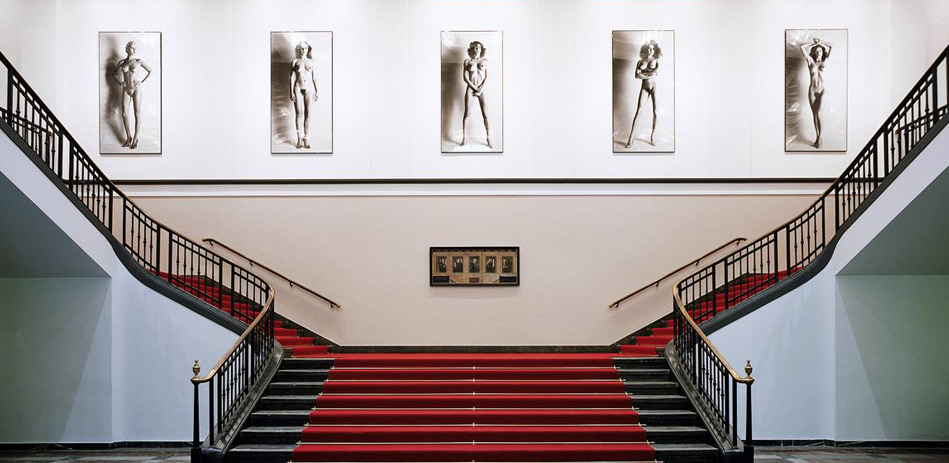
The Berlin Guide continues with a venue in the direct vicinity of the C/O Berlin, only a street across, is the “Museum Für Fotografie” located. Since 2004 the museum showcases photography exhibitions.
One constant is the Helmut Newton exhibition. Shortly, before his death in 2004, the Helmut Newton foundation ensured that two floors exhibit the work of Helmut Newton indefinitely in memory of the great portraiture photographer.
In contrast to the C/O Berlin, I’d judge their exhibitions more classical and more focused on the art of photography.
Currently, they run the exhibitions “The Field Has Eyes. Images of the Surveillant Gaze” described as followed: “The exhibition brings together 75 prints, books, photographs and examples of optical apparatus to present a visual and cultural history of the controlling gaze from the 16th to the 20th century” & another exhibition called “A chain of parasites, guests, and hosts emerge”.
The Museum Für Fotografie also houses its own bookstore. In comparison to the C/O, which was featured in this Berlin Guide before, it has a much greater selection of photo books of any kind.
The regular entry fee is 10€ & 5€ is the discounted price. With a ticket from the Museum Für Fotografie, you get a discount of 2€ for the C/O Berlin and vice versa.
So if you are in the area I’d advise you to visit both and experience their individual styles.
Freiraum Für Fotografie
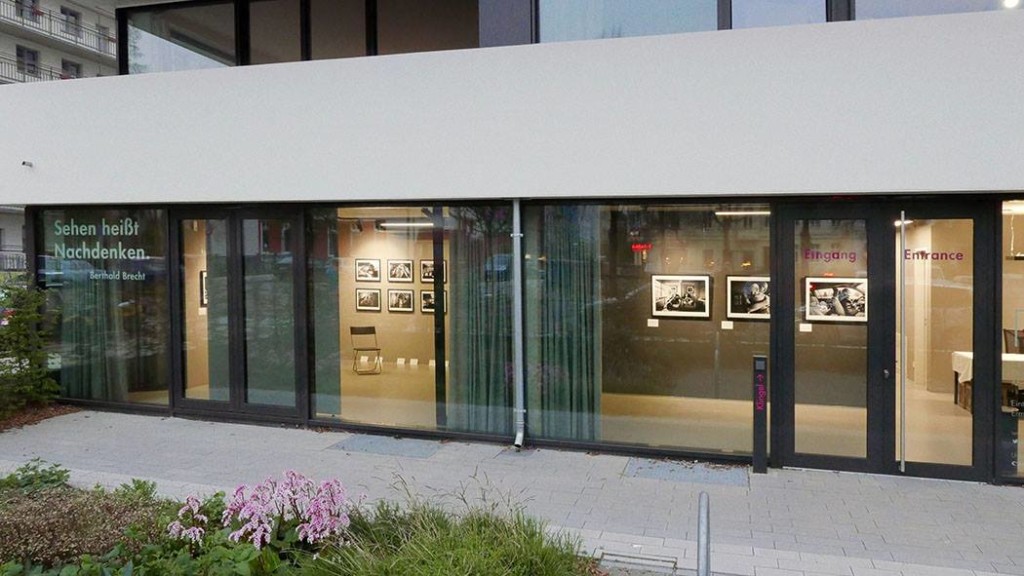
The “Freiraum Für Fotografie” is the newest addition to the photography venues in Berlin. In early April Nancy Borowick opened her exhibition “A Life in Death”, which was also the beginning of this exhibition room.
Their goal is to present five to six of international author photography per year. They also aim to invite the photographers and let them present their photos in their very personal way.
The regular entry fee is 5€ and 3€ as a reduced admission.
Located in the Waldemarstraße 17 the showroom is best reachable via U7 to Moritzplatz or Kottbusser Tor. You might have heard about the Kottbusser Tor, which has a very negative image and is nationwide known for its drug and violence related crime incidents. Nonetheless, I’d label it secure during the normal day hours and it is worth a visit itself. Enjoy the multi-cultural lifestyle with bars and stores featuring foreign nations.
Martin-Gropius-Bau

The Martin-Gropius-Bau has a very prestigious history and has been officially opened for the public 1881. It has been built according to the design of the famous architect Martin Gropius himself. Ever since its restoration in the 1970s, it is amongst the most well-known museums in Germany.
Following this rich history, it is not only home to photography exhibitions but showcases a lot of different artwork. The most recent photography exhibitions include the work of Juergen Teller who is well known for his photographs of musicians.
The admission depends on the exhibition but is usually between 5€ to 10€.
Located near the Potsdamer Platz the Martin-Gropius-Bau is very easy to reach and with the project “Topografie des Terrors” nearby you can also learn more about German history and the Third Reich.
Public Transportation in Berlin
Regionalbahn
Although this is a Street Photography, I also want to share some tips how to get around in Berlin.
The easiest way to get from landmark to landmark is with the “RE2”. It covers the far west area beginning in Spandau to the east side in Ostbahnhof. In between, you have stops at the “Zoologischer Garten”, “Main Station”, “Friedrichstraße” and “Alexanderplatz”.
After reading the first chapter and getting accustomed to Berlin, the stops from Main Station to Alexanderplatz are all within walking distance if you are aiming for a long walk. Otherwise, you might go by train within a few minutes to have more time to explore the places themselves.
S-Bahn
In comparison to the “Regio”, the S-Bahn has a lot more stops, covering almost every zone of Berlin to the fullest. During your stay in Berlin, you’ll probably take the “Ringbahn” S41 or S42 which encircles the Regionalbahn.
Riding the S-Bahn can be quite an experience itself. It is a place where every social type meets. There even have been books about the stories of the S-Bahn. But be aware to budget some additional waiting time.
U-Bahn
The third option I want to present in this Berlin Guide is the Subway. Berlin has a long history of subways and if you are into more architecture shots then we a have a lot to offer.
It is also a great place for Street Photography since a lot of stations have a very traditional design allowing for some interesting light to enter.
The following shot has been taken at the station “Wittenbergplatz”. Here is a little guide to shooting at subway stations.

Berlin – The Places to Be for Photography
Festivals
Berlin is notorious for its party scene and a few of them I want to present in this Berlin Guide. In the early 2000’s Berlin was well known for the “Loveparade” which attracted hundreds of thousands party, hungry people, every year. After its final season, other smaller open-air events have taken over the public and became huge attractions, so here is a small overview of some festivals that are worth photographing.
“Myfest” – Every year on the 1st of may which is the “Tag der Arbeit” and a national holiday there is a small festival celebrating the local neighborhood. But it has grown and attracts people from all over Berlin and even Germany to enjoy the holiday and start the festival season. There are often artists on the street performing their craft and a lot of local food stands.
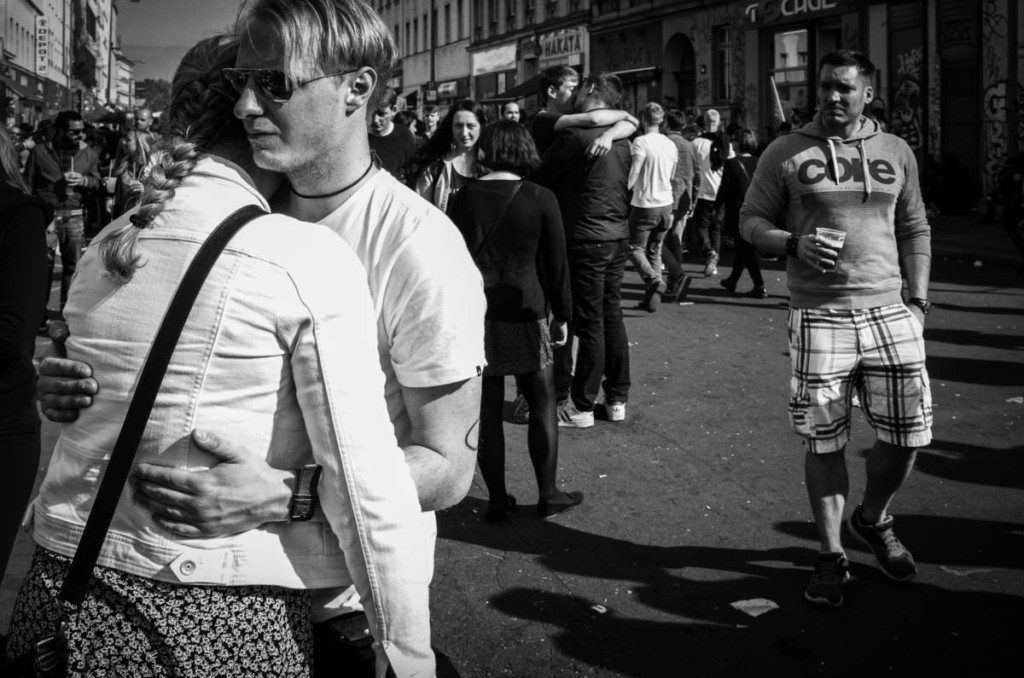
“Karneval der Kulturen” – The Carnival of Cultures is an even bigger and crazier version of the Myfest. It celebrates world’s cultures with a parade through the streets of Berlin. The event attracted over a million people in 2016 and its popularity doesn’t seem to decline. Dancing groups from Germany but also South America and Africa perform at the parade. During the 4-days, the whole city shows itself under the theme of tolerance and peace, with music performances, movies and theater plays.
“Christopher Street Day” – Mainly to demonstrate for the equality of the LGBT community, the “CSD” has become an attraction for people of all kinds to demonstrate for equal rights. It is the most “relaxed” atmosphere you can imagine where people can express their personality freely.
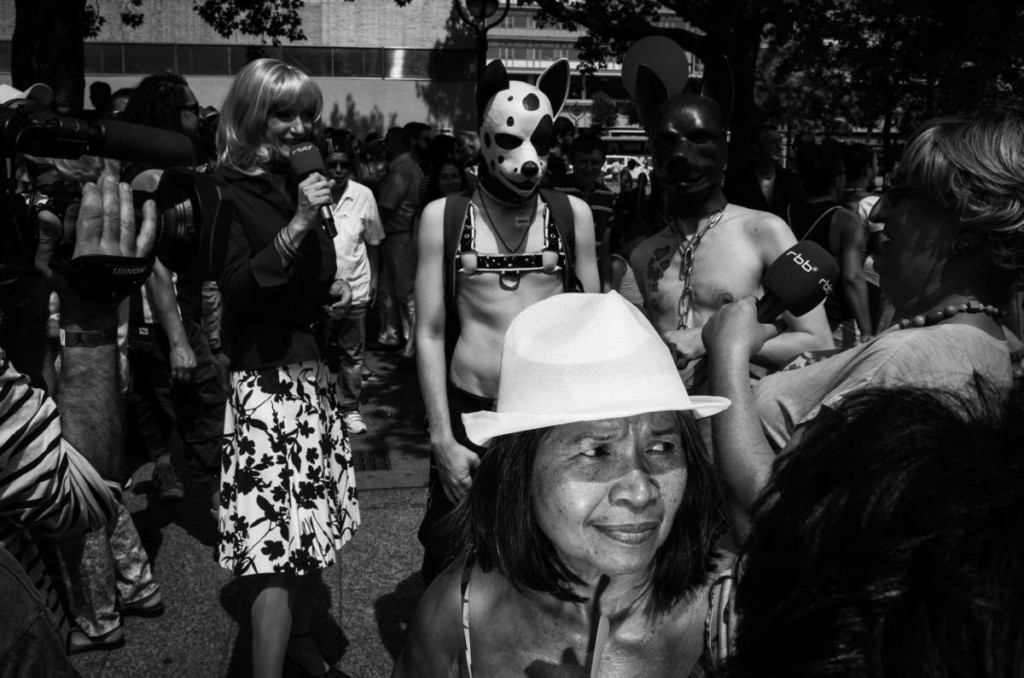
Street Food
Small Street Food Markets have become a trend during the last years. With more and more international residents each year, the base for these Street Food Markets are on the rise. Foreign cultures can present their original food and meals while local residents learn more about the different lifestyle.
Popular and regular Street Food Markets can be found every Sunday on the Mauerpark and the RAW-area in Friedrichshain-Kreuzberg.
Mauerpark
Apart from the food, you can grab there the Mauerpark is highly recommended to visit on Sundays. There is the biggest flea market in Berlin and the place attracts over 40.000 visitors on a sunny day. You can also find old analog cameras for a small price of any kind.
What makes the Mauerpark the main attraction are the artists that perform either on the amphitheater or the meadows along the paths. The Mauerpark features walls for graffiti artists, a basketball court, an amphitheater and the popular flea market. All in all a great place to enjoy the Sunday and taking pictures.

Tempelhofer Feld
Originally the Tempelhofer Feld was a part of an active airport. With the planned opening of the BER, this small city airport has been closed down. Although the opening of the BER is still far away, the Tempelhofer Feld has developed itself into a beautiful green space inside the city. Due to its location, it is often compared to the Central Park in New York City.
Other than the Mauerpark, the Tempelhofer Feld attracts a lot of sportive citizens that inline skate or kitesurf. The long runway is also an ideal spot for photo shoots allowing for great perspectives.
Photography Classes and Workshops in Berlin
Berlin has a lot of attractions to entertain you, but if you are seeking to develop your photography skills with the help of others there are also workshops, courses or photo walks around the year.
Ostkreuzschule
The most prestigious photography school in Berlin is the Ostkreuzschule, home of photographers like Harald Hauswald or Annette Hausschild.
As typical for a school, the education is long-term based spanning half year-long terms with two terms in total for each class. The Base Class Photography is for beginners but requires already a small portfolio and work samples. In total, the one-year long class has 60 teaching days which leaves more than enough free time for you to follow your own projects and assignments.
The goal of the class is to develop an understanding of photography in its entirety. Therefore you will work on tasks that may seem very odd or not useful in your daily photography jobs. But through these tasks and discussions, you will grow your photographic eye and build a foundation which can lead you in many different directions. The key is that you have to work yourself towards your goal and the school is only there to enable you, rather than guiding you strictly.
If you already gathered some experience and believe that you can convince the tutors, you might try your luck and start directly in the master class. All you need is a significant portfolio.
The tuition fee is around 300€ to 350€ per month, including the use of professional equipment.
C/O Berlin
Despite exhibitions, the C/O also has an extensive offering of workshops. The workshops aimed at “Juniors” from 6 to 14 and Teenagers are reoccurring and can be seen in this calendar.
The workshop for adults are irregular, but guided tours through the exhibition happen every weekend.
European Month of Photography – Berlin
Every two years the biggest photo festival in Germany happens in Berlin. Amongst exhibitions, lectures, and movies, a lot of workshops of different photography background are happening. Whether you are more interested in architecture than the street itself, I am sure you can find something that suits your taste here.
The next EMOP will be in October of 2018 and you will find all the information for the upcoming festival on their website.
“Berliner Schnauze”
We “Berliner” might appear as very gruff at first sight, but in general, we are just as friendly as everyone else. Actual confrontations are very rare, especially in the public places I presented you in this Berlin Guide. You might get yelled at from time to time but that are just people having a bad day, blowing off some steam. They usually don’t even stop bothering you taking their pictures or demand you to delete the pictures.
If you thought about driving around in your car during your stay in Berlin, better get rid of the idea and use the service of the public transportation “BVG” as mentioned before in my Berlin Guide. Especially the central area is one big pile of construction sites and driving with the car will take you more time and nerves than using the trains or buses.
Street Photographers in Berlin
Martin Waltz
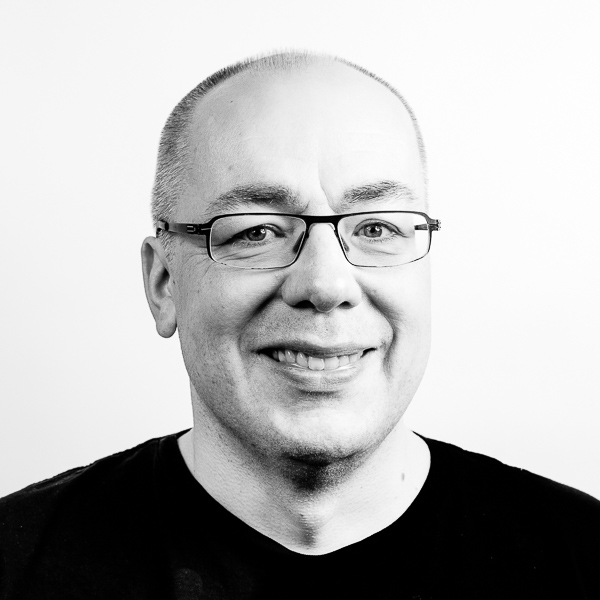
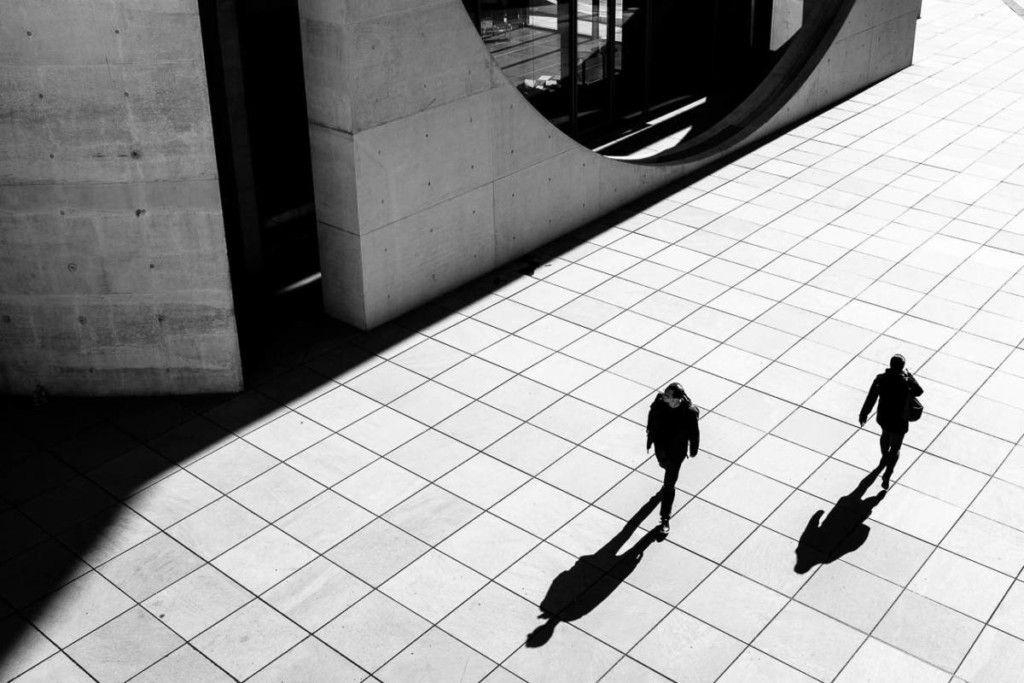
Chris Candid
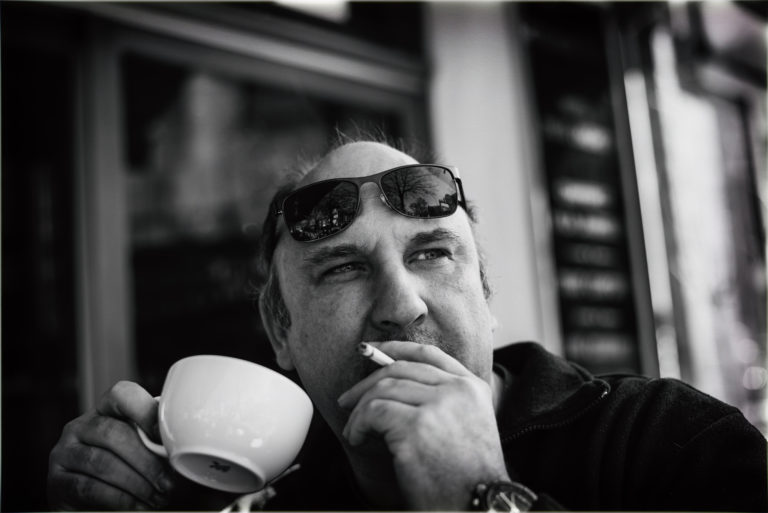
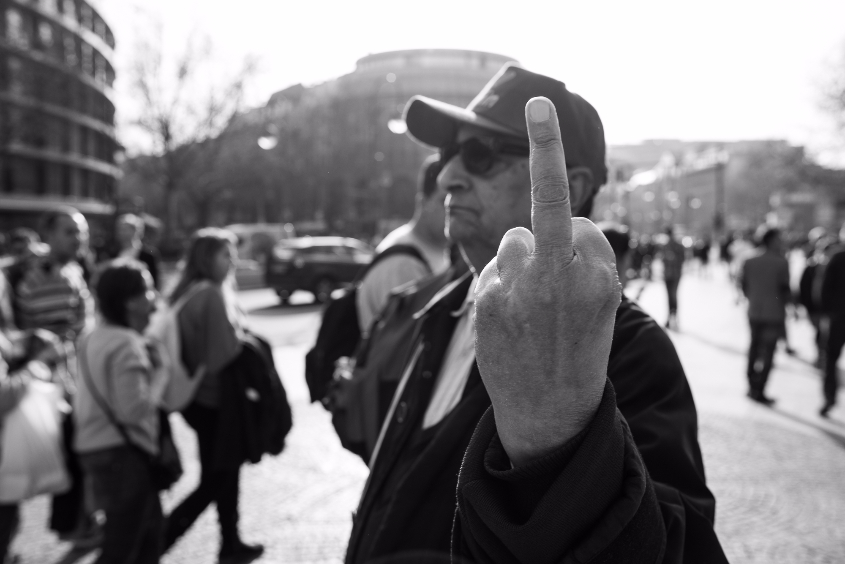
Oliver Krumes

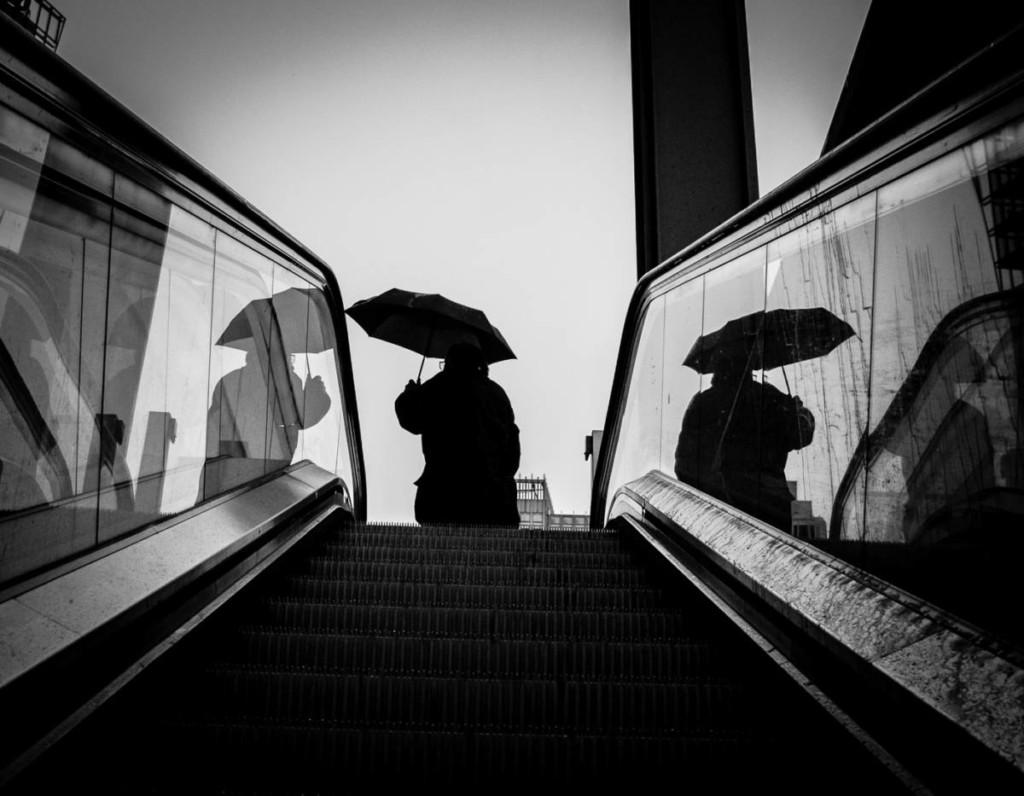
Roland Groebe
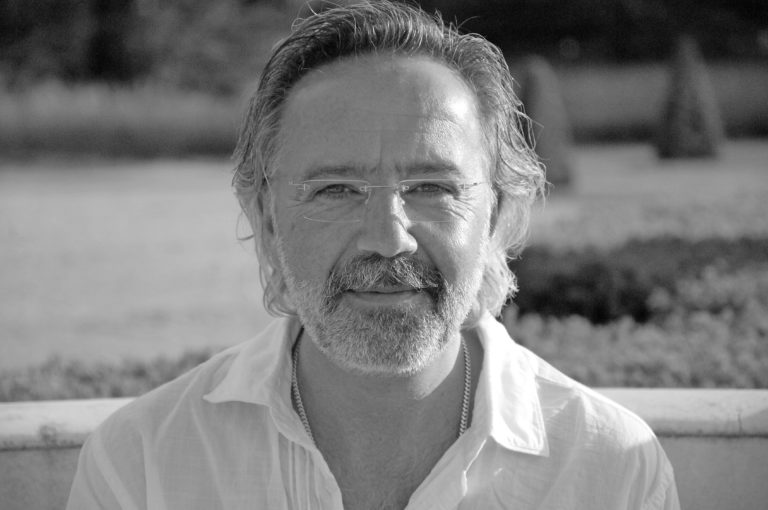
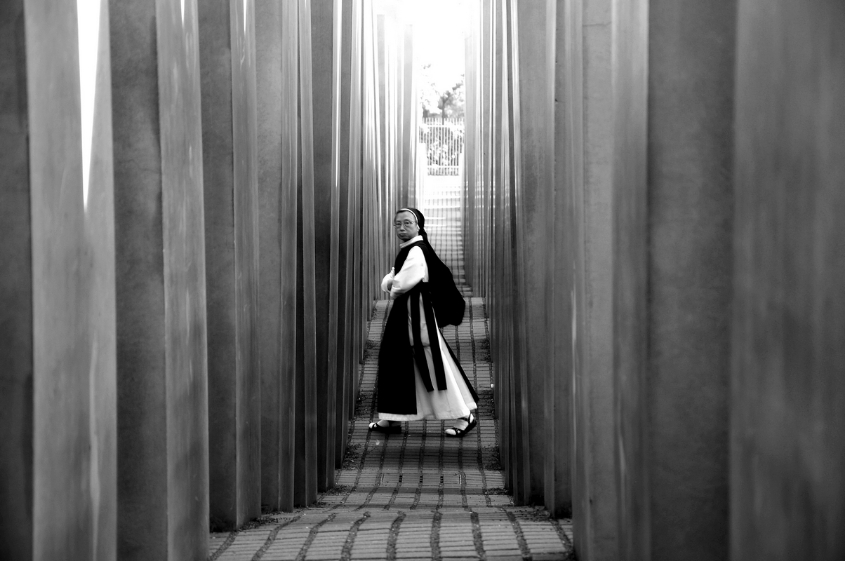
Chris Retro
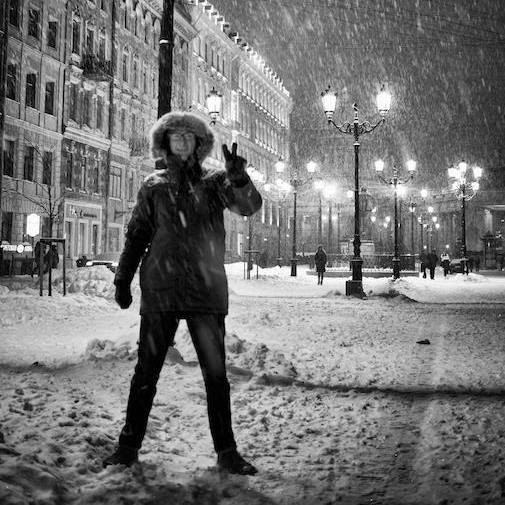
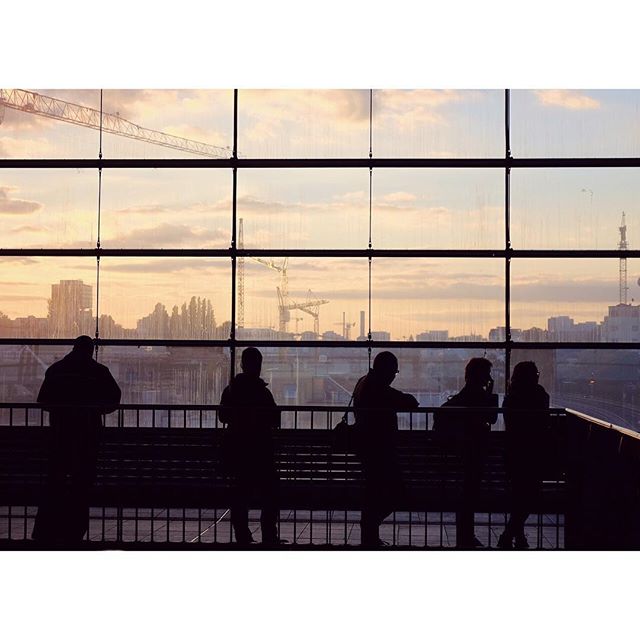
Thorsten Strasas
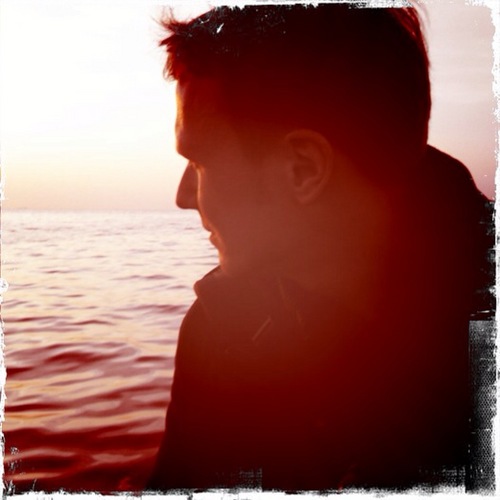
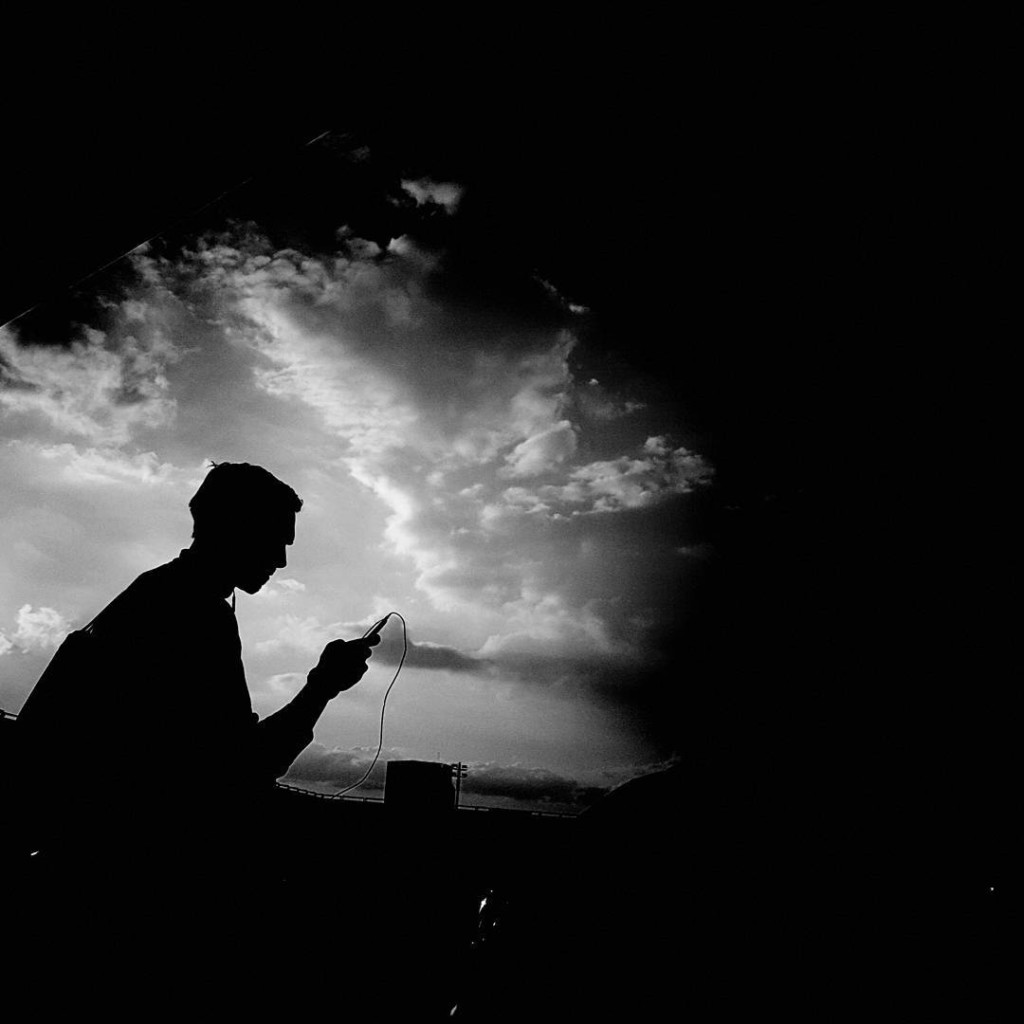
Marga van den Meydenberg
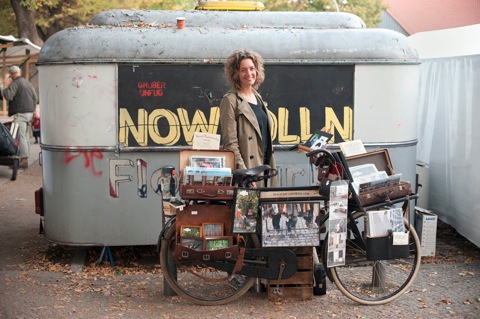
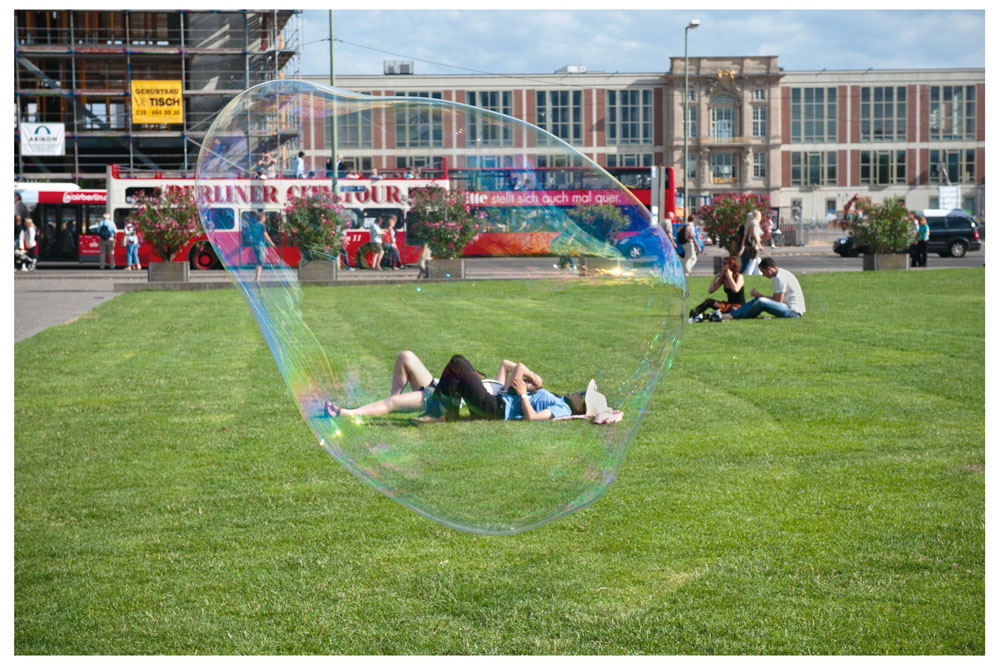
Knut Skjaerven
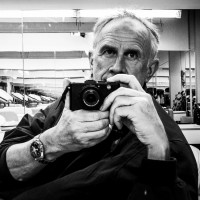
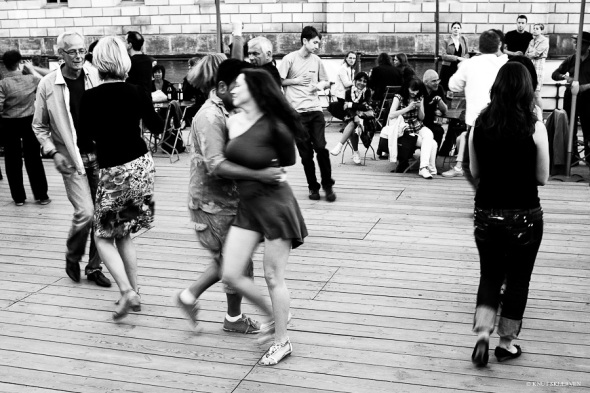
And of course myself – Sebastian Jacobitz
Thank you for reading this blog post

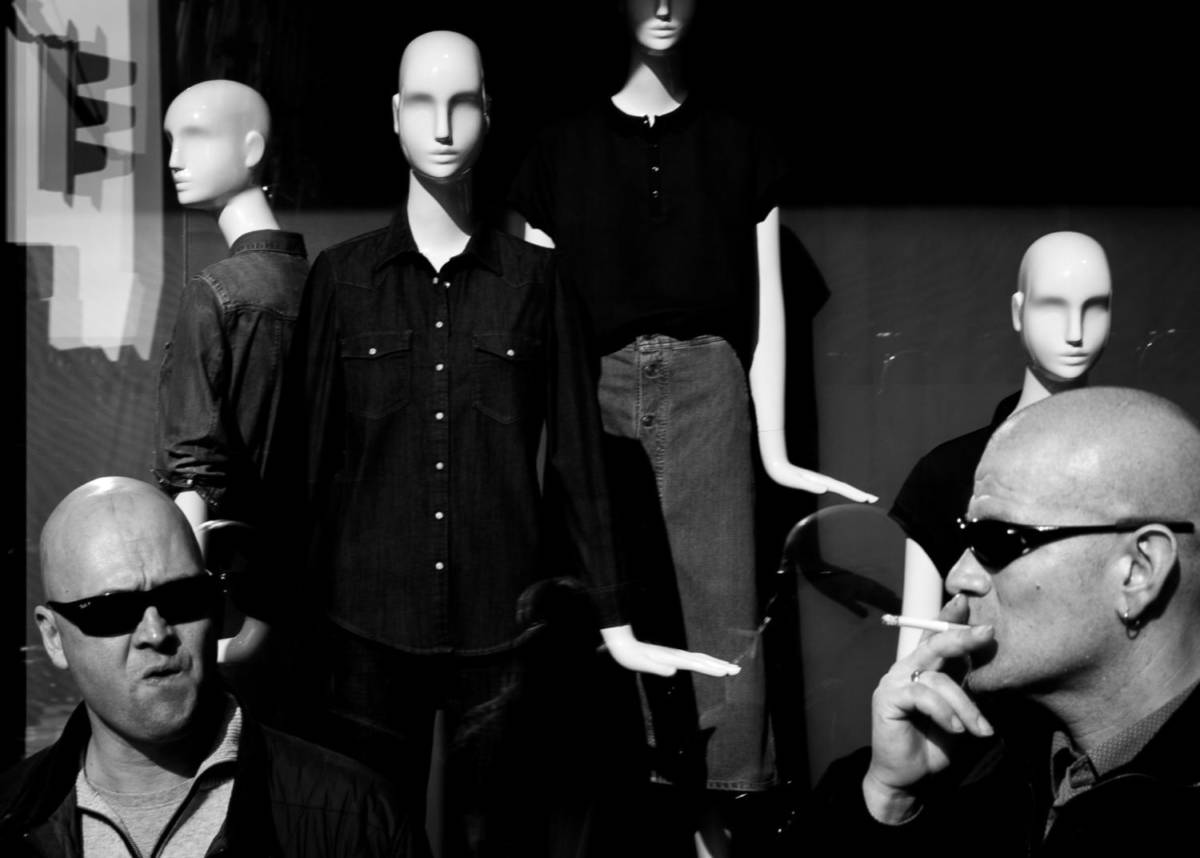
In case you happen to be in Berlin you can also give me some feedback about my Berlin Photography Guide and ask additional questions or arrange a meeting via e-mail: jacobitzphotography@gmail.com
Stay Curious
Sebastian Jacobitz





















